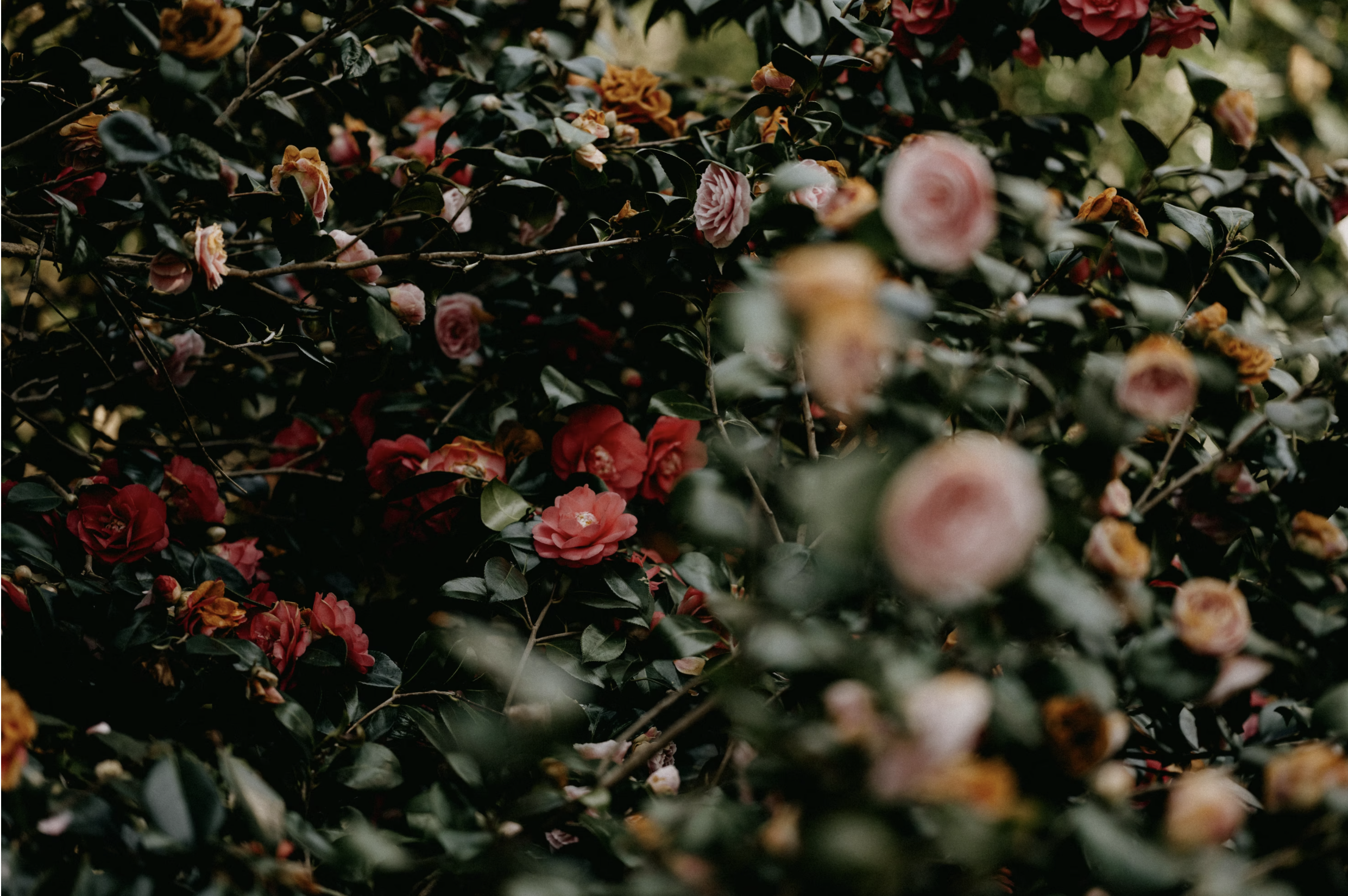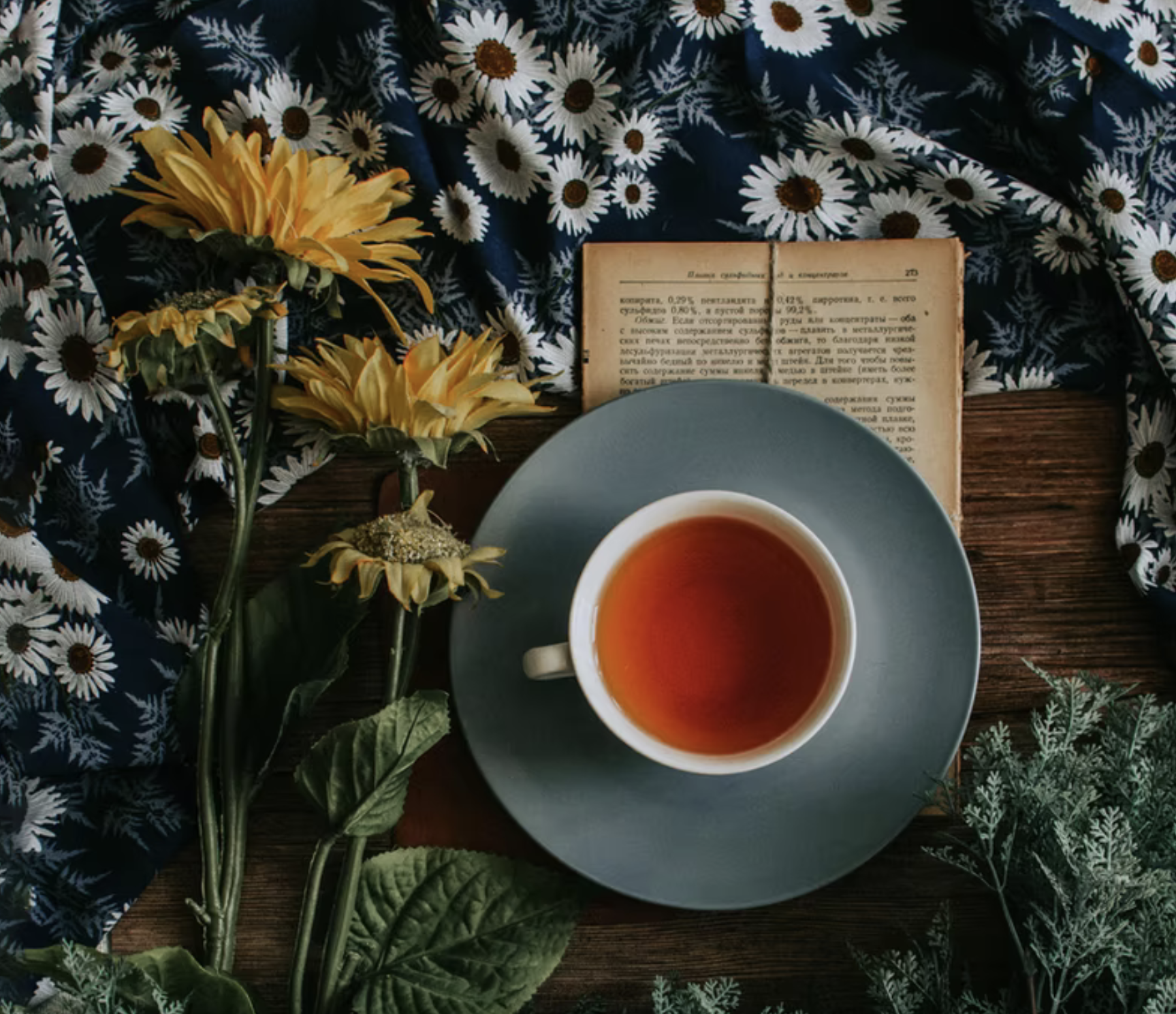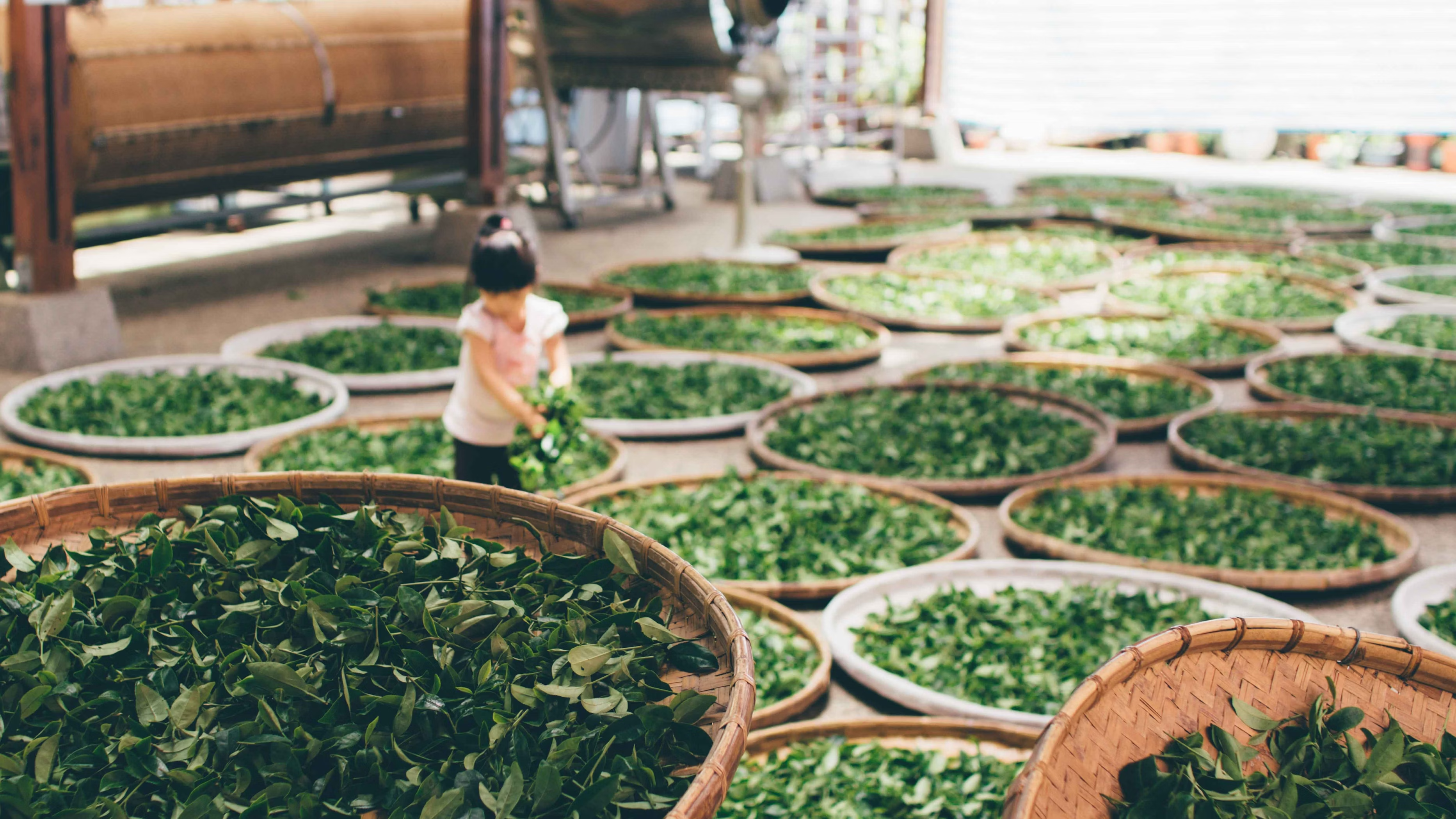 There is tea and then there is tea. According to your friends you can pretty much make a tea from anything these days, from chaga mushrooms to Russian brick tea (made from actual bricks) to panda dung tea. But here we are only going to talk about true tea. The kind the Queen of England drinks. If you are more curious about coffee and its positive health effects, click here.
There is tea and then there is tea. According to your friends you can pretty much make a tea from anything these days, from chaga mushrooms to Russian brick tea (made from actual bricks) to panda dung tea. But here we are only going to talk about true tea. The kind the Queen of England drinks. If you are more curious about coffee and its positive health effects, click here.
True tea is made from tea leaves. All “true” tea comes from the leaves of the Camellia Sinensis plant, an evergreen shrub native to Asia — although many tea varietals from black teas like English Breakfast and Earl Grey to Chinese and Japanese green teas and white teas, can be derived from this one plant depending on how the leaves are processed.

Camellia Sinensis, the tea plant
As you probably know tea is the the world’s most frequently sipped beverage worldwide after plain water. Typically cheaper than coffee, it’s as beneficial to your budget as it is for your health. Research shows tea can lower risk of heart disease, stroke, and Type 2 diabetes. It helps with glaucoma and cognitive decline, and is at once soothing and energizing.
But with more than 3,000 tea varieties on the market, which are the healthiest? Turns out, all of them.
What is the basic difference between black and white tea?
White tea and black tea are made the same way by infusing leaves of the same plant in hot water. What makes these teas so different from each other is the way the leaves are treated in the production process. White tea is only lightly processed while black tea leaves undergo a longer process known as oxidation.
White tea has the least caffeine, green the most, with black tea in the middle range.
Approximately 80 percent of Americans are tea drinkers, and that percentage is even higher for millennials. This story doesn’t cover herbal teas, or tisanes, which aren’t actually teas at all. Herbal teas such as chamomile or ginger are simply infusions of herbs and spices.

Grow teas in your garden or front lawn.
No-calorie true teas offer a way to up our intake of disease-fighting plant compounds, such as flavonoids – one of the antioxidants behind for many of tea’s health benefits.
“In the U.S., tea drinkers have the highest flavonoid intake,” says Jeffrey Blumberg, Ph.D., a professor of nutrition at Tufts University. He suggests choosing a different tea to go with different meals or times of day, just like we do with wine and fruit juices.

Mint tea service
There’s no standard recommendation as to how much we should drink, although – as with other plant foods – more is generally a good thing. Typically having 2 to 3 cups per day produces health benefits.
Recently, the European Food Safety Authority (EFSA) released a report on the safety of catechins from green tea, concluding that the catechins from green tea as a beverage are generally safe, even if you drink a lot of green tea. However the same does not apply to green tea extract supplements, which have been linked to liver damage. So skip the supplements, and grab a cuppa instead.

Omar is a Swahili man from Lamu. Here our writer Tafline pictures him drinking tea.
What are the different varieties of tea?
White Tea is made by rapidly steaming and drying young tea buds to inactivate the enzymes that cause browning. White teas contain the most catechins, a type of flavonoid that may help keep blood vessels open and help the body break down fat.
Green Tea is made by immediately steaming fresh picked leaves so that they retain their green color. Green tea is a good source of plant compounds called catechins, which have been found to reduce LDL (bad) cholesterol and counter inflammation. Added bonus: squeeze lemon juice into green tea to help its beneficial compounds survive digestion.

Oolong tea, which is between a green and a black tea, is briefly exposed to oxygen before it is steamed.
Black Tea is made by rolling or crushing leaves, releasing an enzyme that oxidizes the catechins. The fermentation creates the brew’s rich flavor and dark color. Black brews may help strengthen your skeleton. Post-menopausal women who regularly drank black tea had higher bone mineral density in the lumbar spine and hip, according to a Japanese study that tracked 498 women over five years.
Further, a 2020 study on Chinese tea drinkers found strong evidence that black tea can help protect against heart attack.

Black tea. Old fashioned, simple and good.
Reconsider that splash of milk, however, as milk proteins can bind with some of the beneficial compounds in black tea, reducing your body’s ability to absorb them.
How to steep tea
Various tea types come with their own requirements for steeping. “White and green teas are best with cooler water and shorter steeping times,” explains Melanie Barbusci, customer engagement director for David’s Tea. She adds that if you don’t like green tea, you may be burning or over-steeping the delicate leaves. It should taste sweet and vegetal — not bitter. Black tea, on the other hand, can handle a hotter temperature and slightly longer steeping time.
Still, the average brewing time for tea is relatively short, but that’s not the case with tisanes. “While the perfect cup of tea might take two or three minutes to steep, an herbal infusion or tisane will take anywhere from four to 15 minutes,” explains Kristi Grotsch, a tea sommelier-in-training with the Shangri-La Toronto. “It takes time for the flavors to develop,” she says.
Another secret to a perfect tisane is using boiling water — and keeping your cup or teapot covered while it’s steeping to preserve the heat and prevent aromas from escaping.
 And for maximum health rewards, avoid added flavorings and sugars. Don’t like the taste? Try making sunscreen from tea instead! (link here). And if cafeeinated black, white, or green tea is not your thing, try the latest health superfood, chaga tea. Here we explain how you can forage and prepare the perfect cup of king chaga mushroom tea for maximal antioxidant effects.
And for maximum health rewards, avoid added flavorings and sugars. Don’t like the taste? Try making sunscreen from tea instead! (link here). And if cafeeinated black, white, or green tea is not your thing, try the latest health superfood, chaga tea. Here we explain how you can forage and prepare the perfect cup of king chaga mushroom tea for maximal antioxidant effects.





